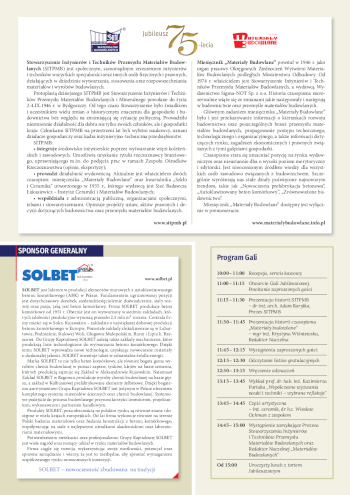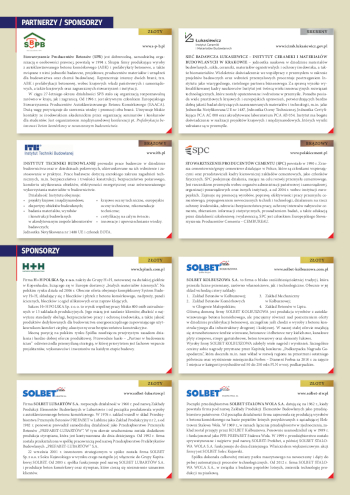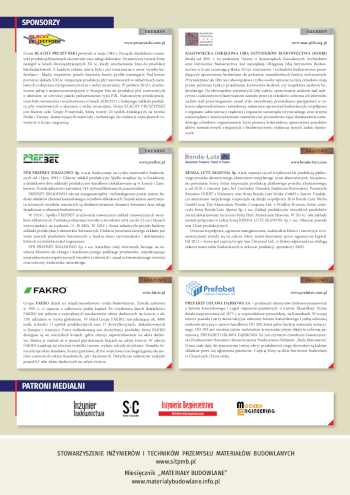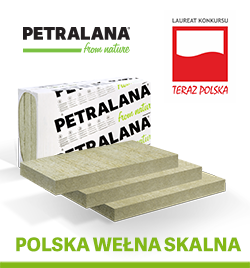mgr inż. Ewelina Kusa
prof. dr hab. inż. Mieczysław Kamiński
Obecnie coraz częściej stosuje się materiały kompozytowe FRP, ale wiele z nich nie jest do końca przebadanych. Wielokrotnie określa się cechy fizyczne i mechaniczne danego materiału, sprawdza jego wytrzymałość od obciążeń doraźnych, pomijając badanie właściwości materiału w funkcji obciążeń długotrwałych. Bardzo ważne jest poznanie w pełnym zakresie właściwości stosowanego materiału. Brak kompleksowej wiedzy na ich temat może skutkować błędami w obliczeniach, a tym samym błędami projektowymi.
***
Deflections of CFRP-strengthened reinforced concrete beams
The strengthening of reinforced concrete structures with steel plate bonding techniques are currently being replaced by fiber reinforced polymer (FRP) laminates. Carbon Fiber Reinforced Polymer (CFRP) is a quite new material and the rheological behavior of structural materials is significant. The studies focusing on long-term behavior of FRP-strengthened con- crete elements. The aim of this paper was to compare two strengthening methods: near surface mounted reinforcement (NSM CFRP) and CFRP strip bonding technique. It presents results of experiment performed on three bonding concrete beams with dimensions of 150 x 250 x 3300 mm, under sustained load.
Materiały Budowlane 3/2013, strona 38-39 (spis treści >>)




























